The Los Angeles Country Museum of Art
To mark their current exhibition, Fashioning Fashion: European Dress in Detail, 1700-1915, which will be on view until 6 March 2011, this month's "Treasures and Curiosities" come from the Los Angeles County Museum of Art. The museum recently acquired a significant collection of 250 garments and 300 accessories dating from the eighteenth and nineteenth centuries, which has brought its collection to the forefront of museum fashion and costume holdings (you can read the official press release describing the acquisition here). In addition to these newest pieces, the LACMA owns a superb range of over 20,000 items of clothing, accessories, and other textiles dating from the seventeenth to the twenty-first century. Please note that the selections below (as always) are representative of only the eighteenth century part of the collection. At some point, we plan to return to each of the collections we've profiled thus far and look at nineteenth-century items, but for now, it's all about the eighteenth century!
One of the neat things about the LACMA website is that they offer four PDF patterns of gentleman's garments dating from 1700-1795. There is currently no mention of any intention to pattern additional items from the collection (and these are obviously some of the simplest items to capture shape-wise), but we'll live in hope of more in the future!
Unless otherwise noted, the following images are borrowed from, and linked directly back to, the website of the Los Angeles County Museum of Art and originate entirely from their digital collections database. They remain the full and copyrighted property of the LACMA. All images are used for private educational purposes only, without any monetary gain whatsoever, and no copyright infringement is intended.
For some additional (stunning) photographs of these and many other gorgeous items currently on display, be sure to visit Katherine's (Koshka the Cat) flickr photostream from her visit to the exhibit; these are the best we've found online thus far. Additional reviews and photographs from the exhibition can be found on Marshall Astor's flickr photostream, Victoriana Magazine, Fashion Inquisitive, Eclectia Adornments, and Ciao Domenica, If you have photos from the exhibit that you'd like us to link to, just send us an email!
Our LACMA Top Ten:
Number One: Robe a l'Anglaise of brocaded silk satin with matching stomacher and petticoat, English or French, 1750-1770 (acquisition number: M.57.24.5a-c). The silk is embroidered with a pattern of bouquets. The ensemble is elaborately decorated with ruched self-fabric trim, self-fabric bows, and fly fringe (or just plain "fringe" if you prefer the 18th-century name!).
I wish I could find some close-up detail shots of the trim because it really is amazing, isn't it?
Number Two: Robe a la Francaise, France, 1760 (acquisition number: M.60.36.1). The gown is made of silk chine, which creates the "watered" look to the pattern (click here for a note on silk chine and another example of it from a previous post).
A detail of the sleeve. Note the pinked and punched finish.
Number Three: A French robe a la Francaise of linen with crewel embroidery, 1760 (textile dates to 1750) (acquisition number: M.90.83a-b). The trim is a serpantine looped tread design, and the stomacher and sleeves are embellished with silk satin ribbons.
From afar, the textile's pattern appears to be a printed one. The amount of detail in the embroidery is just incredible. I can't even begin to imagine the amount of time it must have taken to embroider the full gown-length's worth of fabric!
Photo linked from koshka the cat's flickr photostream.
For more detail shots of this gown from the current Fashioning Fashion exhibit, see Katherine's flickr set here: 1, 2, 3, 4, 5.
Number Four: A cotton twill robe a la Francaise with matching petticoat, England, 1760-1770 (acquisition number: M.66.31a-b). The textile's pattern is made with chain-stitch embroidery, so neat and fine that, like the above example, it truly looks printed. Absolutely amazing!
A detail of the chain-stitched embroidery.
Number Five: Robe a la Francaise, France, 1770 (acquisition number: M.2007.211.718). The gown is made with a block-printed cotton and decorated with silk braid.
A detail of the compere (false stomacher) front.
Photo linked from koshka the cat's flickr photostream
A detail of the block-printed cotton used for the gown.
Now, why can't someone reproduce period prints like this
for us costumers to use?!
For more images of this gown from the Fashioning Fashion exhibit, see Katherine's flickr set here: 1, 2, 3, 4, 5.
Number Six: A French silk gown, 1775 (acquisition number: M.70.85). The gown is worn paired with a quilted silk petticoat from the same period.
The museum catalog lists this as a robe a la polonaise, but it is clear from the detail photographs of the back that it is an English back gown (robe a l'anglaise) with the skirts worn draped up with tapes "a la polonaise," and not a polonaise in the strictest sense. You can see the tiny inverted en fourreau pleats below.
For additional photos of this ensemble from the Fashioning Fashion exhibit, see Katherine's flickr set here: 1, 2, 3, 4, 5, 6, 7.
Number Seven: A patterned silk faille robe a la Francaise, 1775 (acquisition number: M.2007.211.926a-b).
Photo linked from koshka the cat's flickr photostream.
The gown is intricately trimmed with silk passementerie and fly fringe that coordinates with and complements the woven floral pattern of the textile. The gown features a center-front closure, not particularly common with sack back gowns.
For additional close-up images of this gown, see Katherine's flickr photos here: 1, 2, 3, 4, 5, 6, 7, 8.
Number Eight: A riding habit of watered silk, Italy, 1780 (acquisition number: M.82.16.2a-c), embellished with silver trim and buttons. The skirts of the habit open at the front and back, with drawstrings at the side seams. The waistcoat, cuffs, and lapels are also of cerise watered silk (source: An Elegant Art, pg. 172).
Number Nine: Hooded cape, France, 1785-1820 (acquisition number: M.2007.211.669). The textile is a copper-plate and roller-printed indienne cotton. Its dark ground was popular in the last two decades of the 18th century and into the beginning of the 19th, and was called a "ramoneur" (chimney sweeper) print.
There is no information on the LACMA online listing to indicate how the cloak is lined, but Fashioning Fashion shows an interior view that reveals it to be lined in three different cotton prints (pg. 70). Because of the thinness of the cotton fabric, cotton print cloaks like this were typically lined in either a different cotton print or in wool. A strikingly similar cotton dark-ground print cloak in the Kyoto collection (AC4236 82-12-6) is lined with a smaller cotton print that features a white background, quite like one of three prints that lines the LACMA cloak. Both cloaks also feature the same wide and very closely pleated trim along the edges of the hood and body. See Fashion: A History, page 105, for a detailed view of the KCI cape's trim and printed lining.
Photo linked from small medium large blog.
For more images of this cloak, see Katherine's flickr photos photos here: 1, 2, 3, 4, 5.
Number Ten: Silk satin shoes, England, 1793-7 (acquisition number: M.59.24.29a-b). These fabulous little low-heeled slippers are made of silk satin, lined with leather, and are decorated with sequins and metallic passementerie. Oh, to have been Jane Austen...
Printed Resources Featuring Items from the 18th century part of the Los Angeles Country Museum of Art's collection:
- If your interest has been stirred by these images (and if you haven't already bought it!), I strongly encourage you to invest in the best printed resource for photographs and information on the LACMA collection, which is its newest publication, Fashioning Fashion, the catalogue for the current exhibition. The catalogue is in a superb large format with loads of detailed item descriptions and photos, all in full color, and is definitely worth the price.
- Another excellent and beautifully illustrated volume featuring the 18th-century part of the collection of the LACMA is An Elegant Art: Fashion and Fantasy in the Eighteenth Century, the catalogue that accompanied a 1983 exhibition. Along with lovely photos of garments, accessories, and textiles, the book also features numerous period paintings and prints, and includes seven essays on subjects ranging from woven silk and lace to embroidery to movement and fancy dress. Used copies can be had very cheaply, so snap one up while you can!
- Fabric and Fashion: Twenty Years of Costume Council Gifts, by Mary Kahlenberg, is another exhibit catalogue that features several period garments. Published in 1974, it unfortunately only includes black and white photos. I haven't actually seen a copy, though, so I can't comment on the detail of the photos or descriptions. If anyone else has had the chance to see it, I'd be interested to hear what's included.

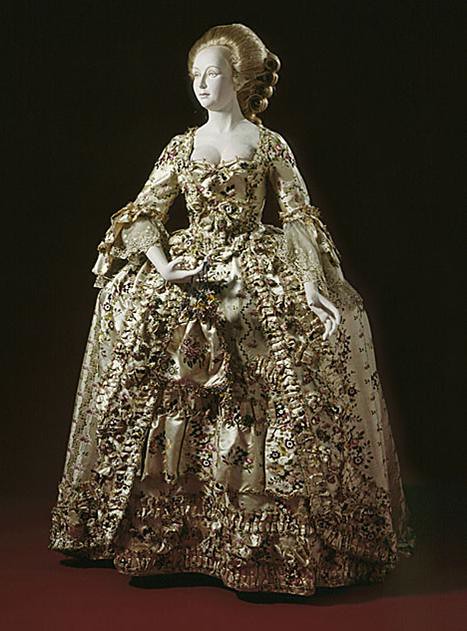


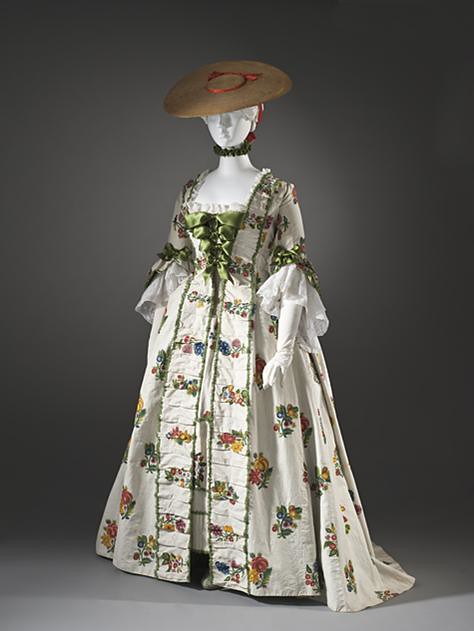

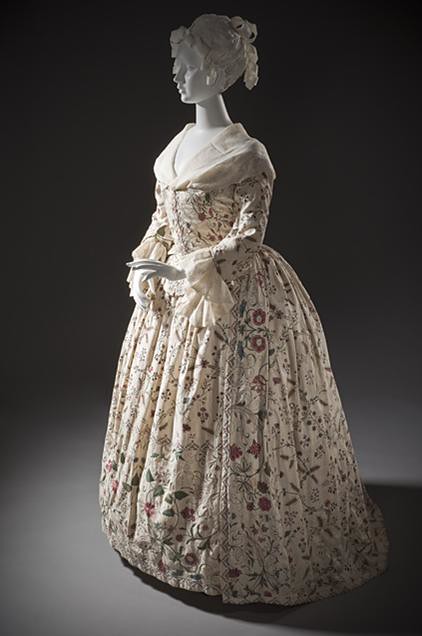
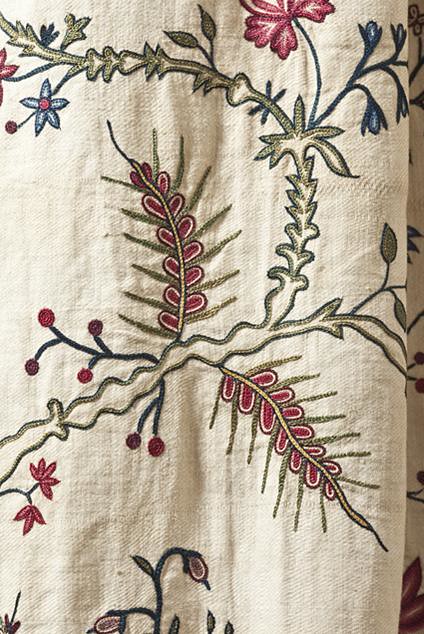


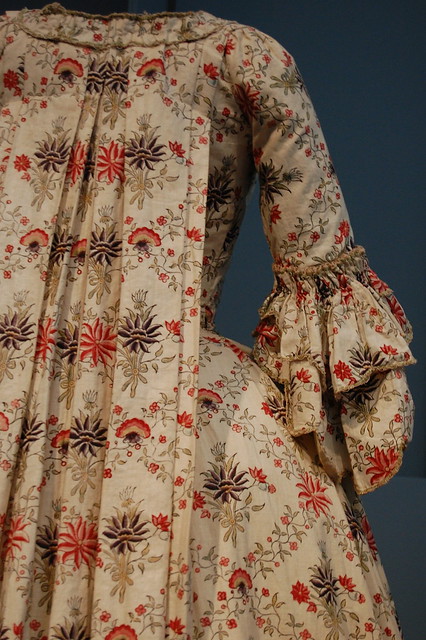
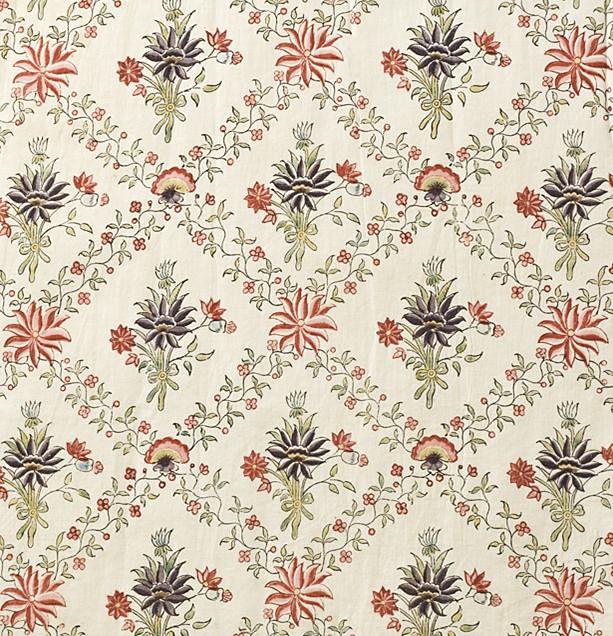
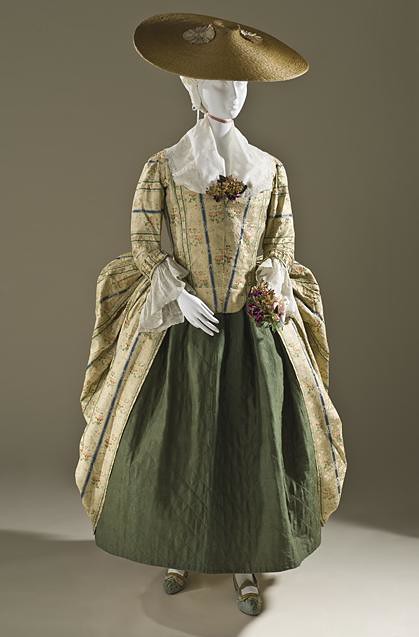
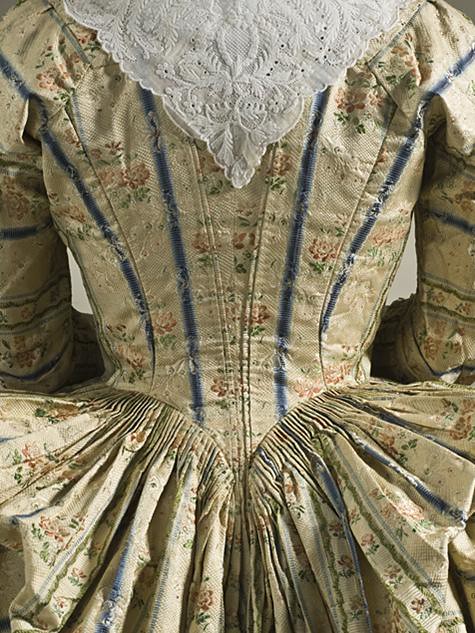


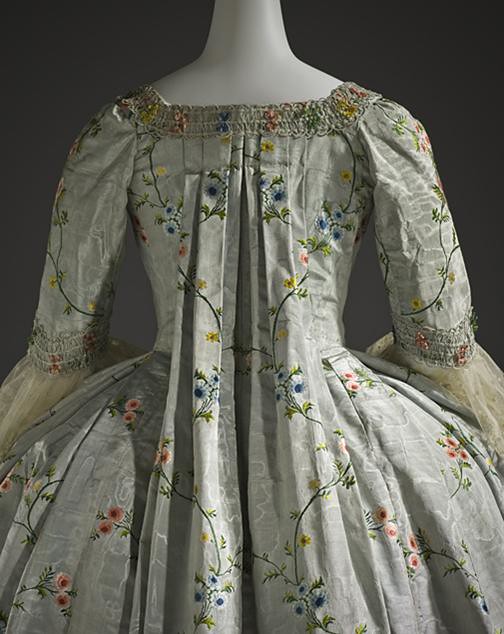
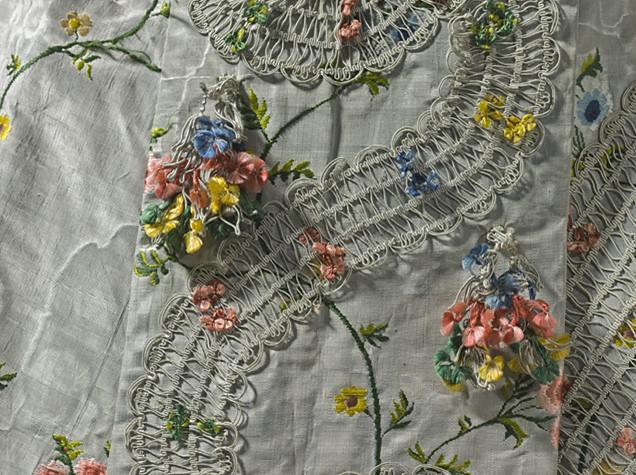

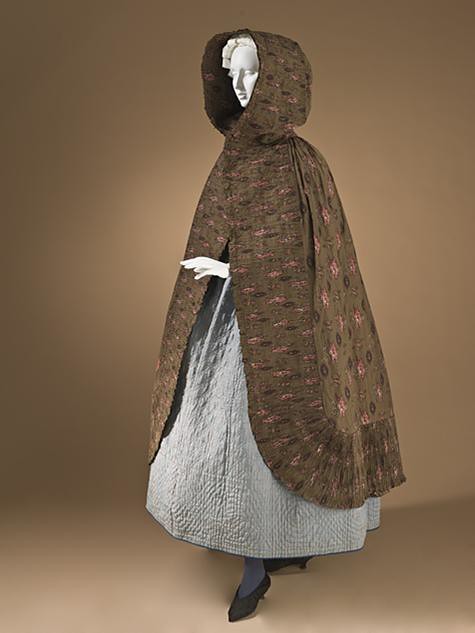


1 comment:
Wow, lots of ideas for future gown recreations!
Laurie
Post a Comment